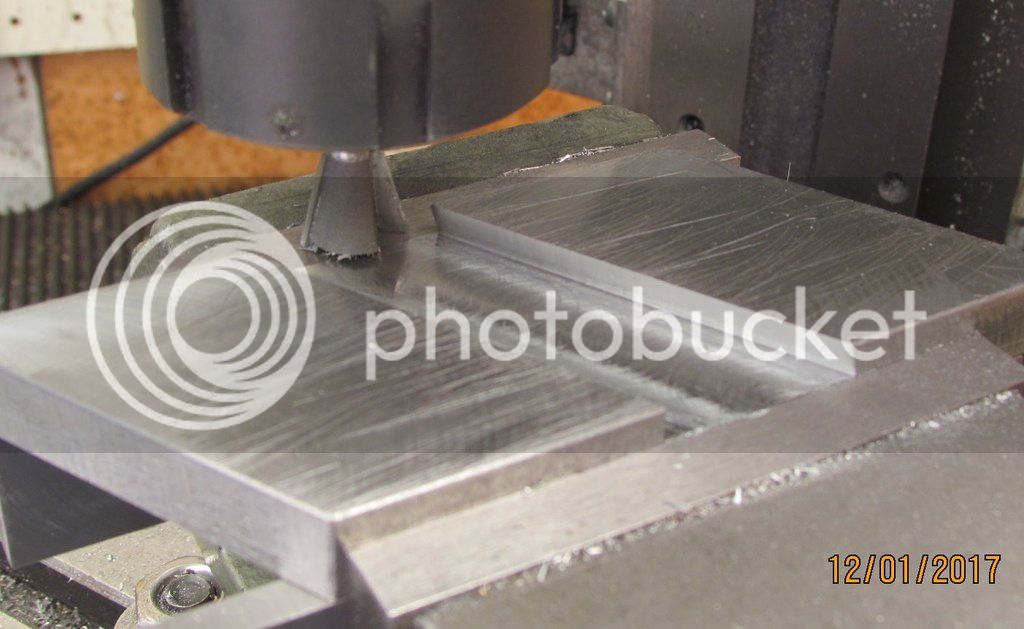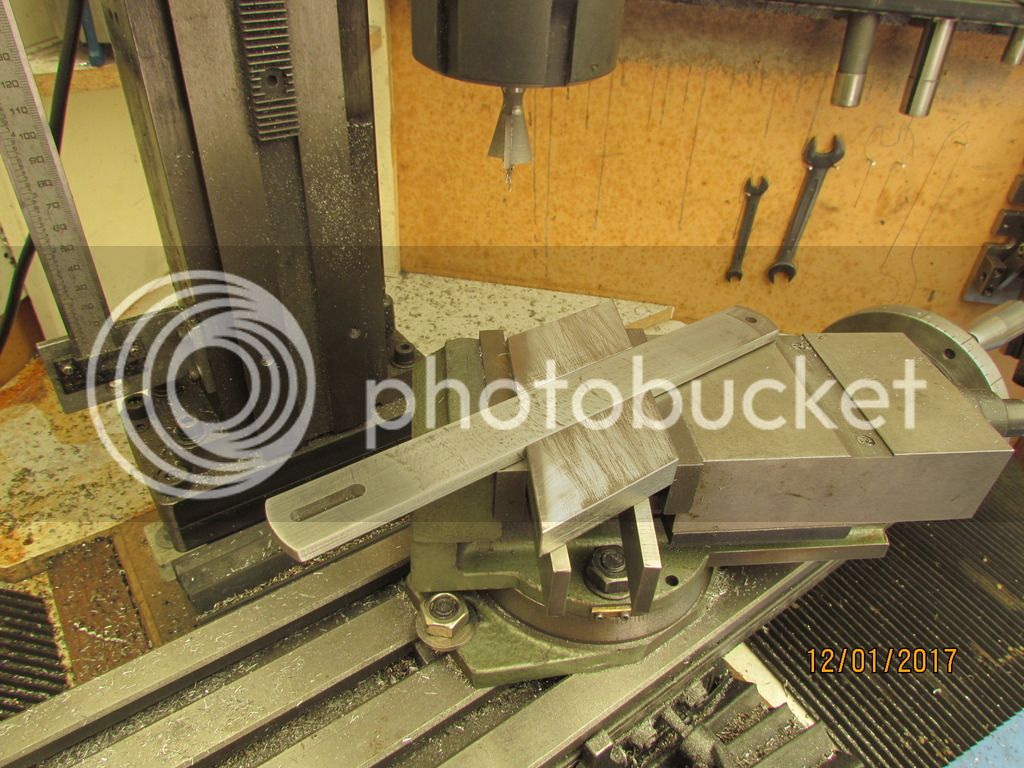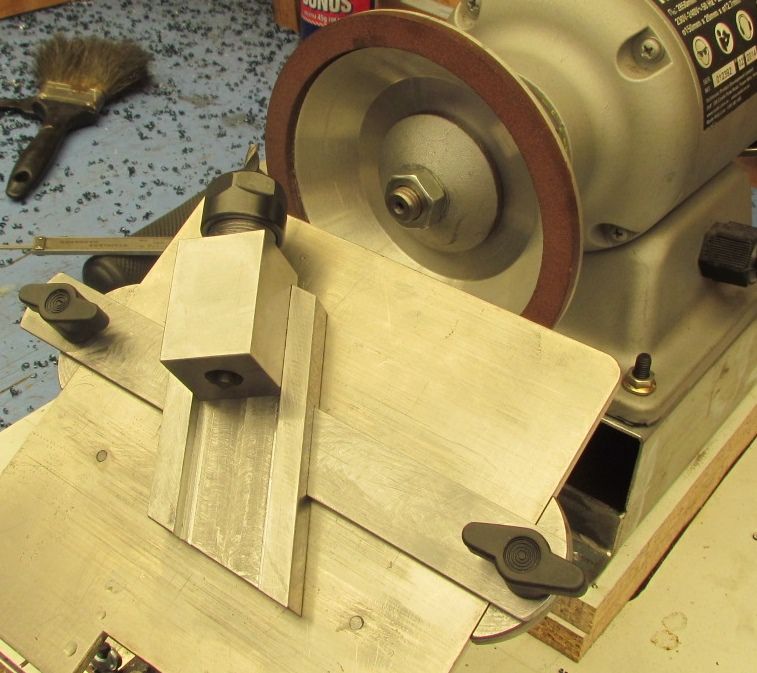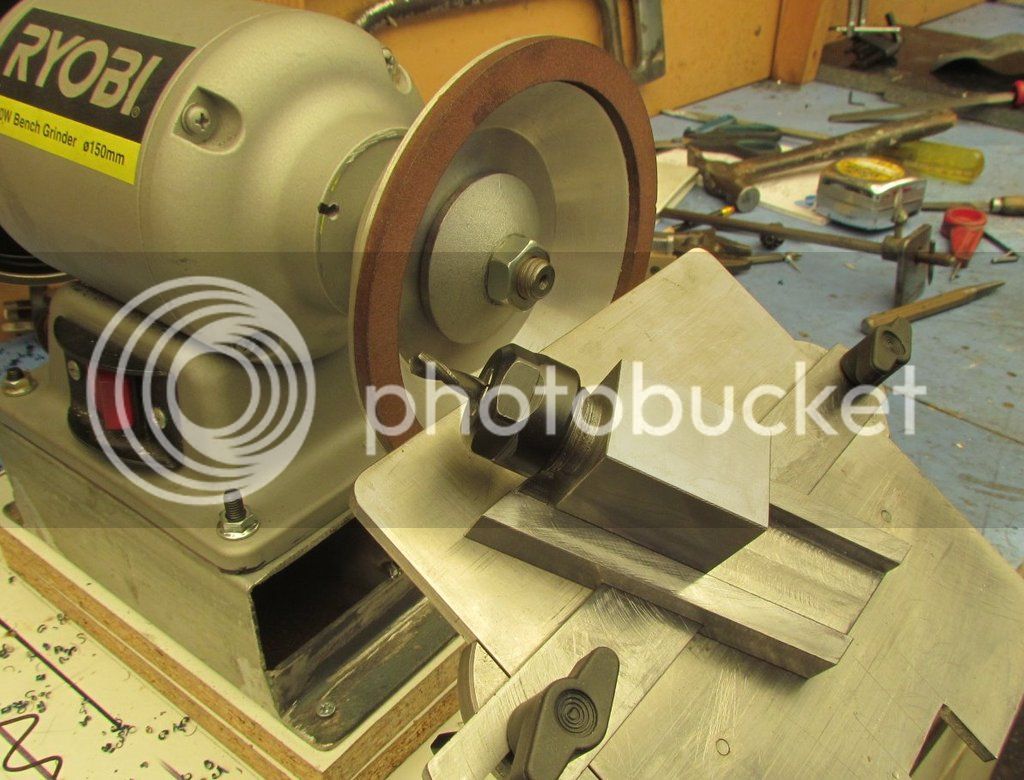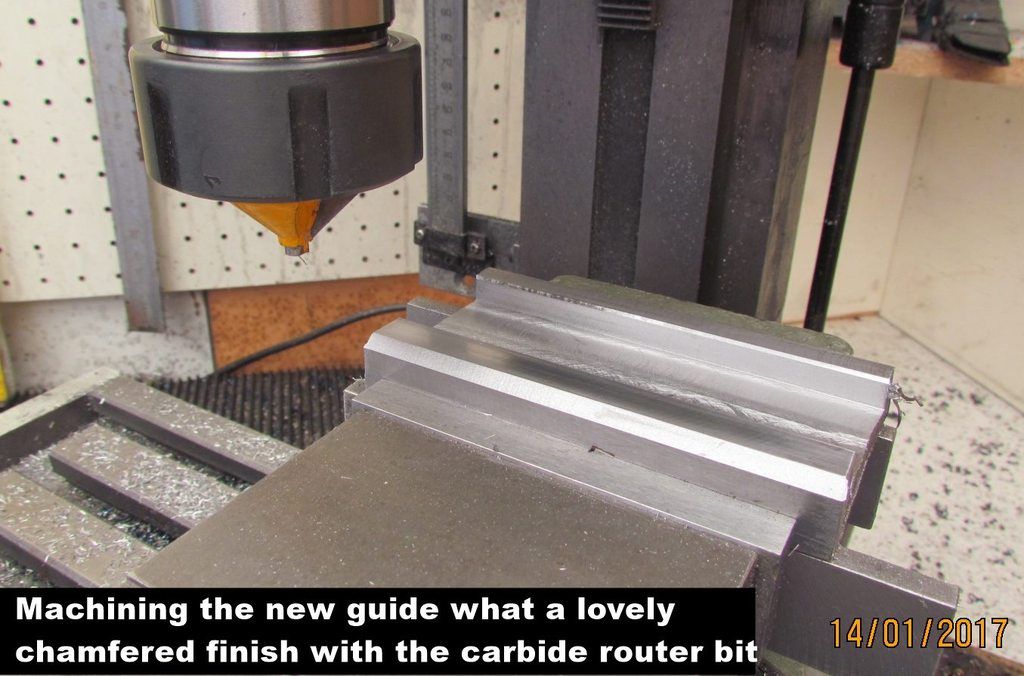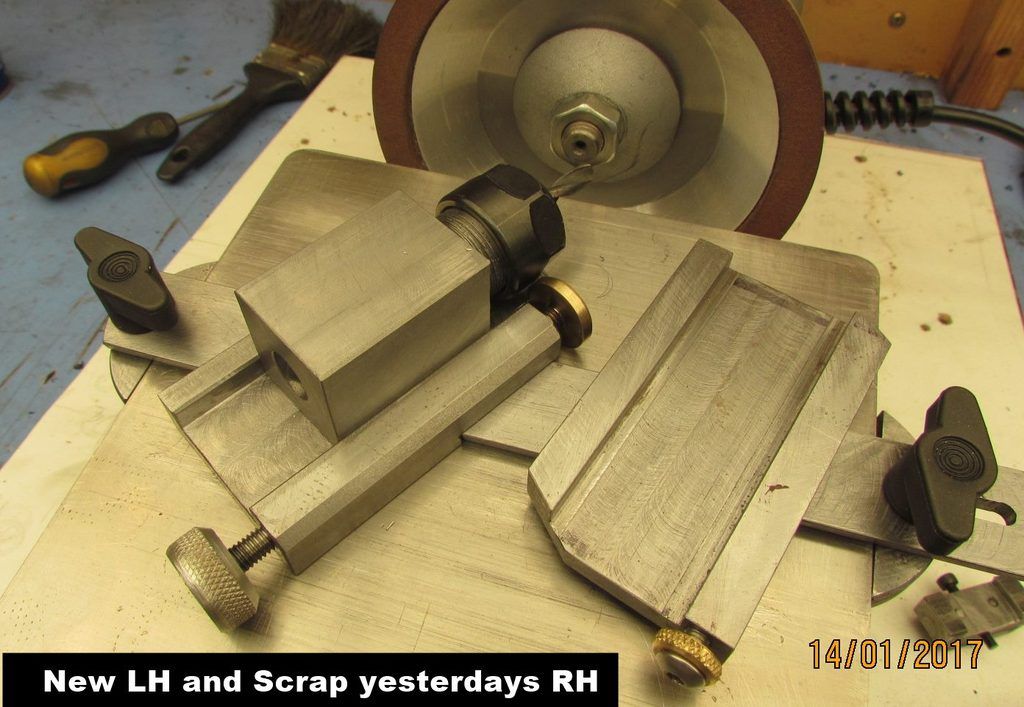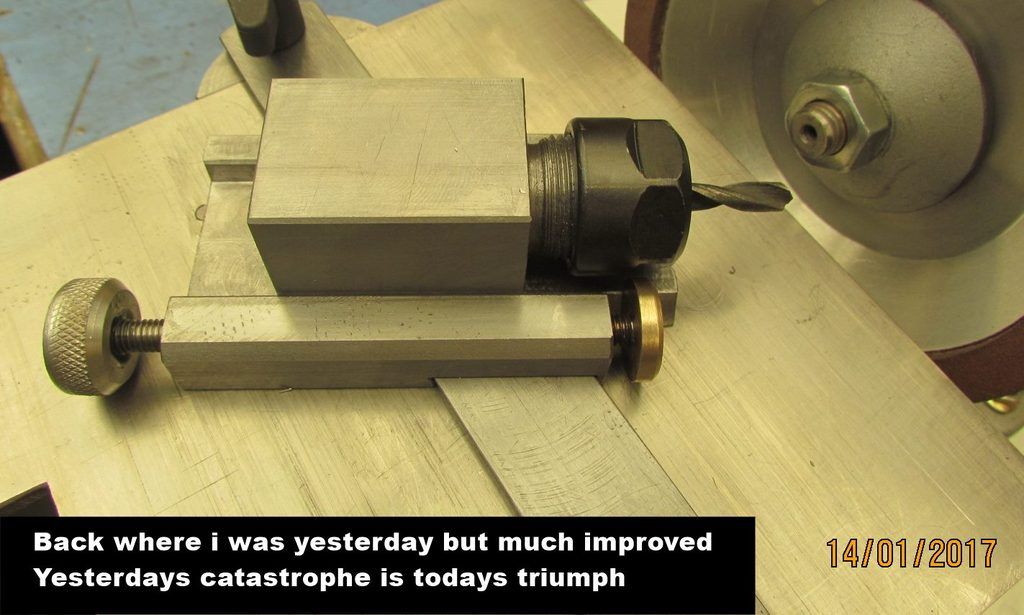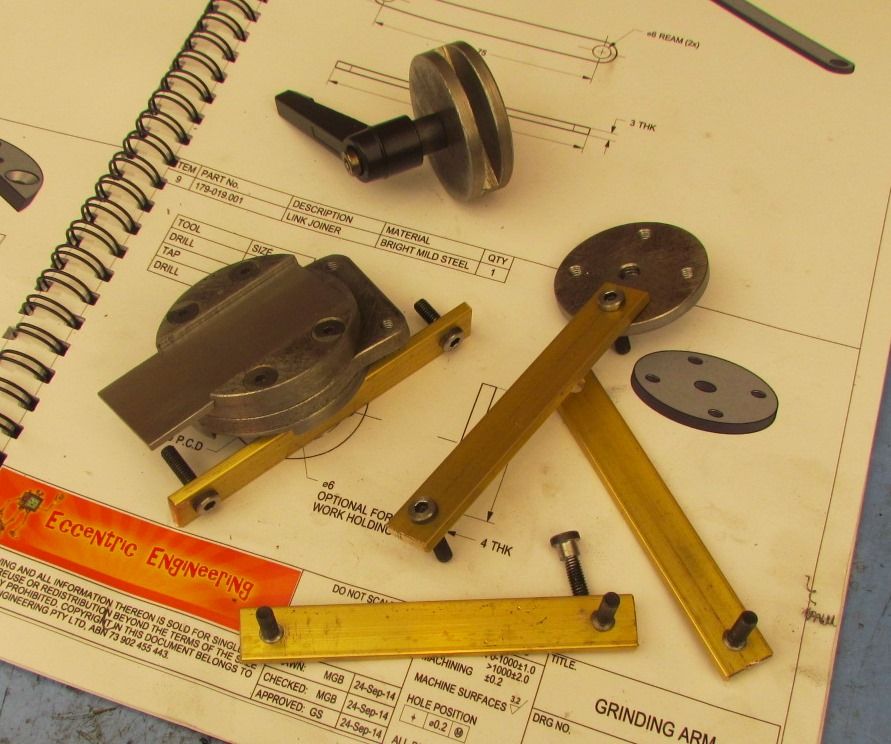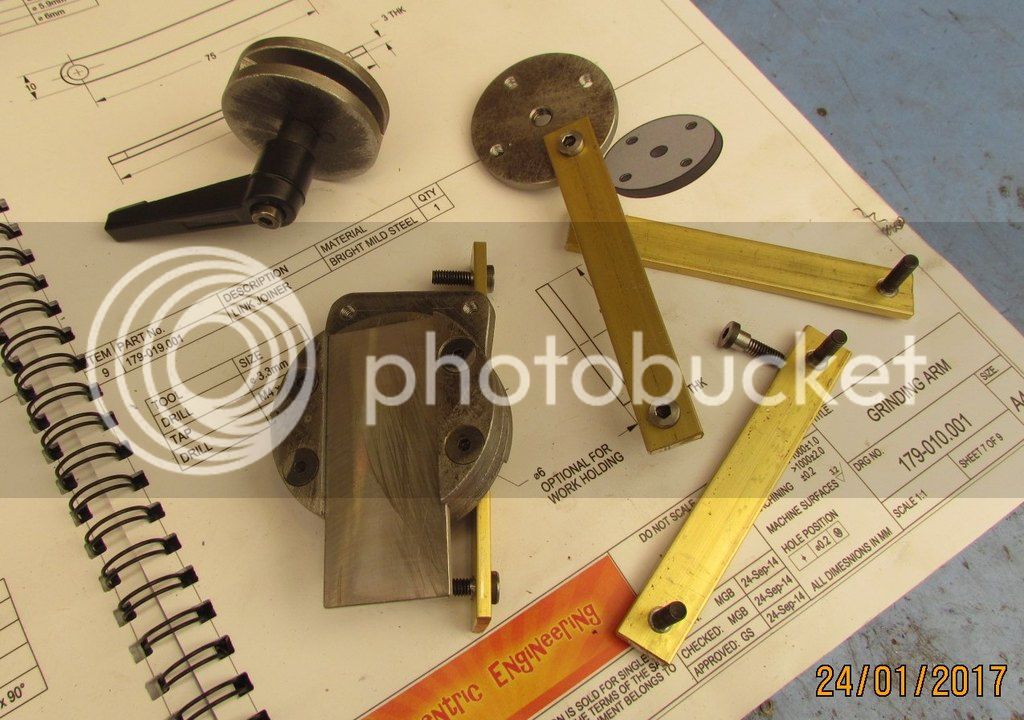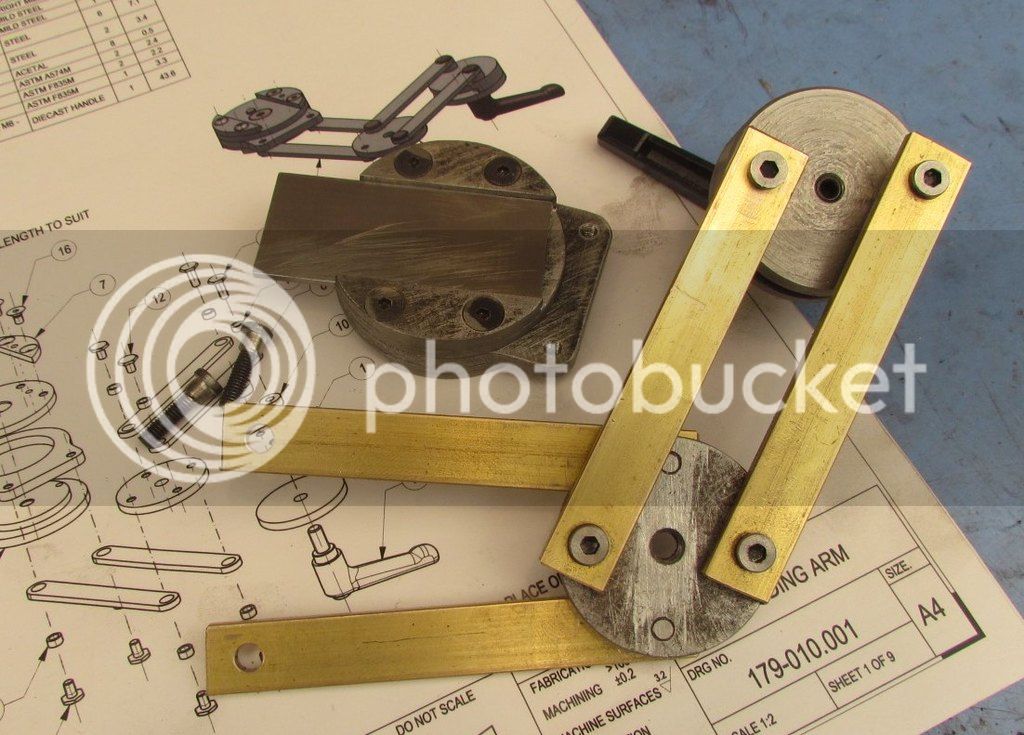goldstar31
Well-Known Member
I am probably wandering but actually there seems to be no difference between a drill and an end mill. All that varies is the angle of the pointy end. In an end mill it is probably minus 1degree whilst in a drill it can be 118 degree positive.
However, he says 'waving his wooden leg aloft' the angles remain at say 5 degrees and 15-20 degrees and - and the lips are -as Baron says' on' or as I have it 'just below centre line'
A lathe tool normally cuts with the cutting part - as I've said.
There isn't a fat lot between a end mill, slot drill or a twist drill - or a boring bar.
I proved this a long time ago by replacing a conventional boring bar bit with a slot drill and using a boring bar bit as a lathe tool.
Yes?????
Norm
However, he says 'waving his wooden leg aloft' the angles remain at say 5 degrees and 15-20 degrees and - and the lips are -as Baron says' on' or as I have it 'just below centre line'
A lathe tool normally cuts with the cutting part - as I've said.
There isn't a fat lot between a end mill, slot drill or a twist drill - or a boring bar.
I proved this a long time ago by replacing a conventional boring bar bit with a slot drill and using a boring bar bit as a lathe tool.
Yes?????
Norm





